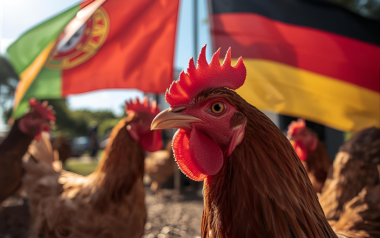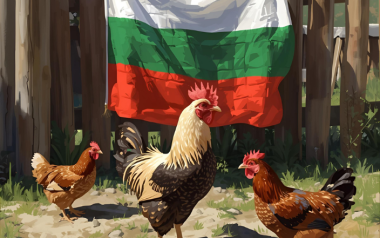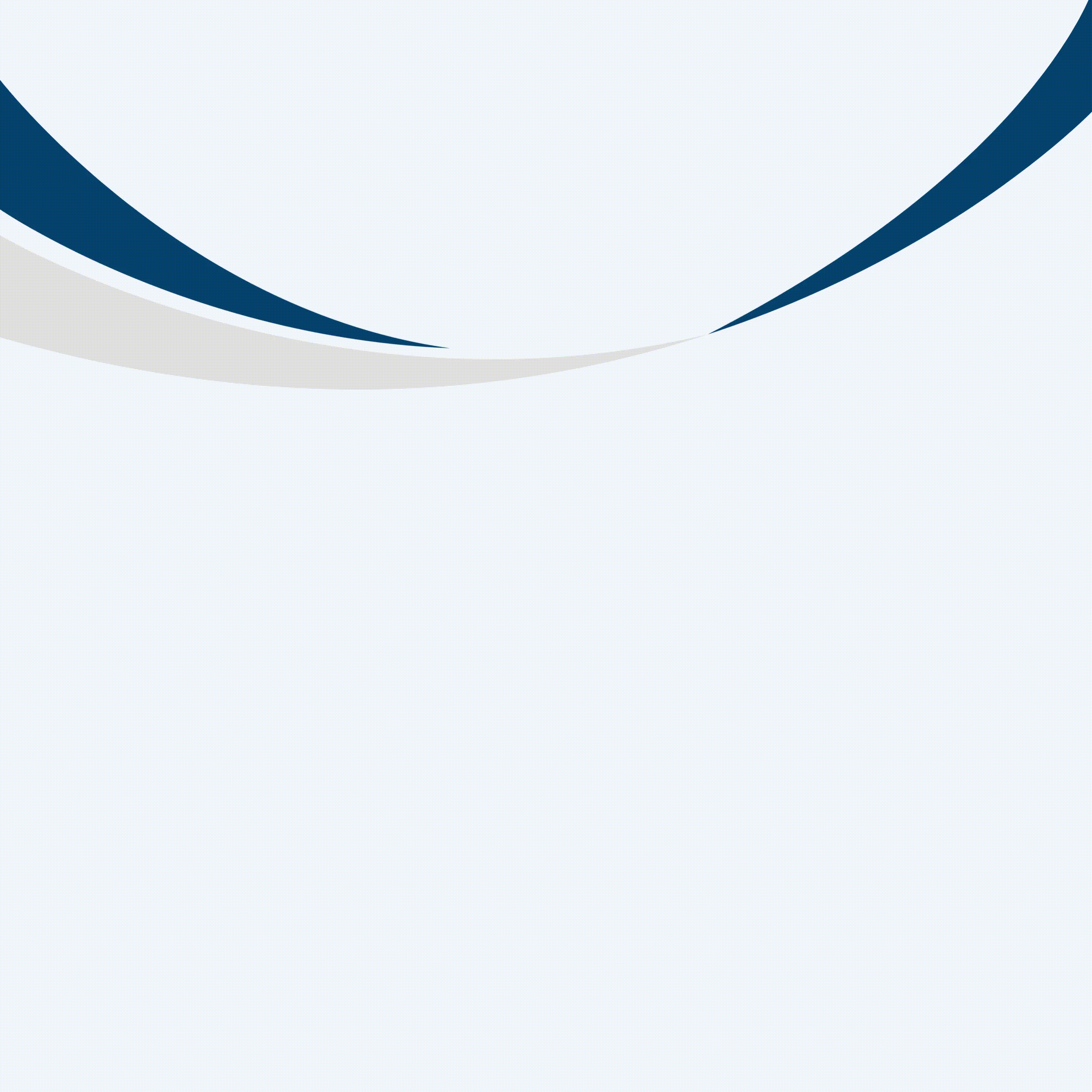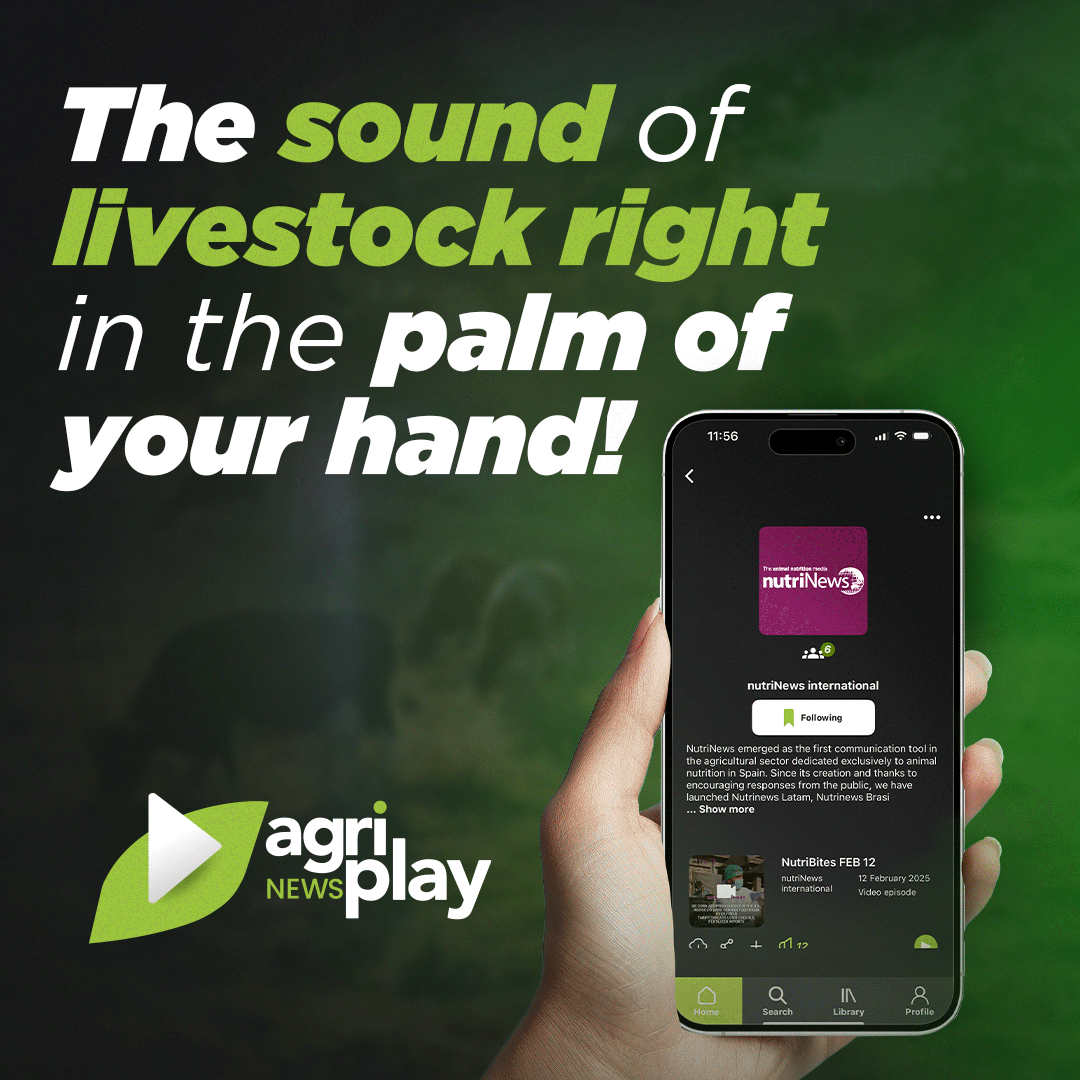Sources: Available upon request.
23 May 2024
Outbreak of H5N1 virus in seals
In 2022, an unusual mortality event occurred among harbor seals (Phoca vitulina) and gray seals (Halichoerus grypus) in the St. Lawrence Estuary, Quebec, Canada. The cause was a highly pathogenic avian influenza (HPAI) A (H5N1) virus clade 2.3.4.4b.
In 2022, an unusual mortality event occurred among harbor seals (Phoca vitulina) and gray seals (Halichoerus grypus) in the St. Lawrence Estuary, Quebec, Canada. The cause was a highly pathogenic avian influenza (HPAI) A (H5N1) virus clade 2.3.4.4b. Here are the key findings:
- Incident details:
- Affected seals: Fifteen animals submitted for necropsy were considered fatally infected by HPAI H5N1. This represented 56% of the seals examined.
- Genome constellations: The infected seals carried HPAI H5N1 containing fully Eurasian or Eurasian/North American genome constellations.
- Source of infection: Concurrently, large numbers of bird carcasses infected with HPAI H5N1 were found at seal haul-out sites, likely contributing to the spillover of infection to the seals.
- Histological changes: Histologic changes in the infected seals included meningoencephalitis (100%), fibrinosuppurative alveolitis, and multiorgan acute necrotizing inflammation.
- Public health implications:
- The report raises concerns about the expanding host range of the HPAI H5N1 virus.
- It highlights the potential for the establishment of a marine mammal reservoir for the virus.
- Spillover to mammals poses public health risks.
- Phylogenetic analyses:
- The presence of HPAI H5N1 clade 2.3.4.4b viruses with different genome constellations suggests multiple sources of infection.
- The outbreak likely involved more than one introduction of the virus into the seal population.
- Geographic distribution:
- The infected pinniped were found mainly on the south shore of the St. Lawrence Estuary, between the towns of Baie-Comeau and Notre-Dame-du-Portage.
Discussion
- Investigation of increased deaths among the pinniped populations of the St. Lawrence Estuary and Gulf during the summer of 2022 detected HPAI H5N1 infections in harbor and gray seals.
- All necropsied seals that were positive for H5 by PCR also manifested histologic lesions consistent with IAV infection.
- The infection of mammal species such as seals by HPAI H5N1 viruses raises concern about recent viral mutations making possible entry and replication within mammalian cells.
- From a human health perspective, such changes in viral host range warrant continued vigilance to detect a potentially deadly epidemic before its emergence.
- In addition, marine mammals, such as seals or other pinnipeds, might act as reservoirs for this virus, which could contribute to increasing risk for mutations and viral reassortment, favoring the infection of new mammal hosts.
- Therefore, monitoring the occurrence and molecular characteristics of this HPAI virus in populations of wild marine mammals is essential for assessing the public health risk associated with this emerging pathogen–host dynamic.
In summary, this outbreak underscores the need for vigilance in monitoring avian influenza viruses in wildlife populations and understanding their potential impact on public health. The emergence of HPAI H5N1 in seals adds complexity to the dynamics of influenza transmission and highlights the interconnectedness of ecosystems.
Related to Animal Health & Pathology
MAGAZINE AVINEWS INTERNATIONAL
Subscribe now to the poultry technical magazine
AUTHORS
EDITION AviNews International June 2025

Layer Longevity Starts at Rearing
H&N Technical Team
The Strategy for a Proper Infectious Bronchitis Control
Ceva Technical Team
Elevate Hatchery Performance with Petersime’s New Data-Driven Incubation Support Service
Petersime Technical Team
Maize and Soybean Meal Demand and Supply Situation in Indian Poultry Industry
Ricky Thaper
Production of Formed Injected Smoked Chicken Ham
Leonardo Ortiz Escoto
Antimicrobial Resistance in the Poultry Food Chain and Novel Strategies of Bacterial Control
Edgar O. Oviedo-Rondón
GREG TYLER INTERVIEW
Greg Tyler
Insights from the Inaugural US-RSPE Framework Report
Elena Myhre
Newcastle Disease: Knowing the Virus Better to Make the Best Control Decisions. Part II
Eliana Icochea D’Arrigo
Avian Pathogenic E. coli (APEC): Serotypes and Virulence
Cecilia Rosario Cortés
The Importance of Staff Training on Animal Welfare Issues in Poultry Industry
M. Verónica Jiménez Grez
Rodent Control is a Key Factor in Poultry Biosecurity and Sustainability
Edgar O. Oviedo-Rondón
























